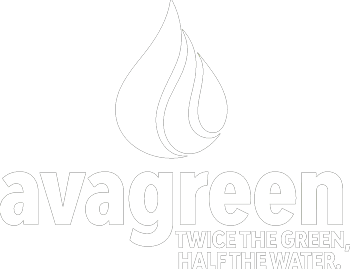Landscape Lighting
Appropriate landscape lighting can enhance your ability to enjoy your homes and yards. Let us help you design your landscape lights.
Landscape Lighting
UpLighting and DownLighting
Southern California’s warm weather offers beautiful illumination from the sun all-year round. This means those of lucky enough to live in Southern California enjoy being outside, and make full use of our backyards for recreation, relaxation, and to entertain. This includes being outside in the warm evenings. And appropriate landscape lighting can enhance our ability to enjoy our homes and yards.
Further, a well lighted property also offers security for the household as it may keep thieves, critters and other animals at bay. Therefore, for all of these reasons, when designing your utsid landscaping for your home and when hiring Hfplus as your landscape architect, lighting is part of the key services we provide.
The main feature of UpLighting and DownLighting is the positioning of the light’s rays to point in a specific direction—in this case, up or down. Up-lighting fixtures are mounted on stems and are placed on the ground, as an example, below a tree, in order to highlight the trunk and/or shape of the tree. Down-lighting fixtures are mounted on structures like the building itself, or the patio, or the trellis, and are pointed down or sideways depending on the area to be illuminated.
Both of these lighting methods can not only provide a lot of illumination to a specific area, but they can also add drama and beauty to your evening landscape.
Landscape Lighting Options
Area and Path Lighting
Area and path lighting helps light up pathways and larger areas. These lights are usually mounted on stems and driven into the ground using a stake. Properly lighting the pathway and area guides walkers and passersby to avoid possible obstacles along the path or walking area.
Niche Lighting
Niche lights are fixtures on walls and/or stairs or steps. Surface niche fixtures are mounted to the wall, and directly point downwards to light a up a certain area. Recess lighting is a two-piece unit, consisting of the faceplate and a box where the light fixture is being held. Recess lighting is hidden, so you do not see the fixture. Sconce is also a kind of wall lighting. It usually emits a softer light and it's fixture is hidden behind a cone-like structure.
Well Lights
Well lights are placed on the ground, and its light illuminates upward from the ground. These are lights that illuminate lawns, short plants, or may be used as a path way light on paved walking areas.
Underwater Lighting
These lights are submerged underwater, usually at the sides of a pool for example, or a pond. They often are pointed towards each other to give a subtle glow and can also help illuminate and show the width and depth of the pool.
Silhouetting, Shadowing, and Grazing
Shadowing is an effect that takes advantage of lighting up a tree for example, and casts its shadow over a wall, which may complement the design of the wall. Silhouetting is the opposite, where the plant is being lighted from behind in order to bring out it's silhouette. Grazing is when up-lights are placed right next to the wall. This is good if your wall has good stone work or sculpture.
Washing
Washing is a term used to describe when lighting is placed on the side of what you wish to illuminate. This lets the light “wash” over the entire area. It is used for lighting up an entire wall or a row of bushes.
Lighting Product Types and Shapes
The most common types of fixtures used for outside landscapes are either made of brass, copper, or aluminium. Copper and brass fixtures are better for coastal cities as they are resistant to corrosion from salt water. And of course all of these can be painted to blend with decor.
Light shapes can be quite varied. Puck Lights, named so because they are sized like “hockey pucks”are used for down-lighting effects on patios and pergolas. Spread Lights are fixtures best used for silhouetting and grazing. Eyebrow Lights are brass and glass fixtures that are shaped into a half-moon. These are used to downlight paths and barbeque counters. And finally, step lights are lights to illuminate steps on stair cases. The bulbs are encased in a box and glass and placed at the side or into the base of the steps.
Solar Versus Electric
One additional choice in looking at lighting the outdoors is making the decision on solar versus standard electric lights, or a combination of both. For environmental reasons, solar energy has become a sought-after alternative in lighting up home outdoor spaces.Solar powered outdoor lighting uses the power of the sun to recharge its energy during the day, and provide beautiful, safe, and environment-friendly lighting during the night. Depending on the needs of the space, it is a good idea to review the two alternatives to landscaping lighting—hard-wired lighting vs. solar-powered lighting—as each has pros and cons.The costs of both types are fairly comparable. However electric lighting does have some additional wiring requirements.When it comes to landscape lighting, specific areas are ideal for hard-wired lighting, and for others solar-powered lighting works well. Typically, for lighting up areas near the house that have sufficient outlets, hard-wired low voltage lighting is a natural choice. For some areas a bit further from the house, solar-powered lighting is a great option.

